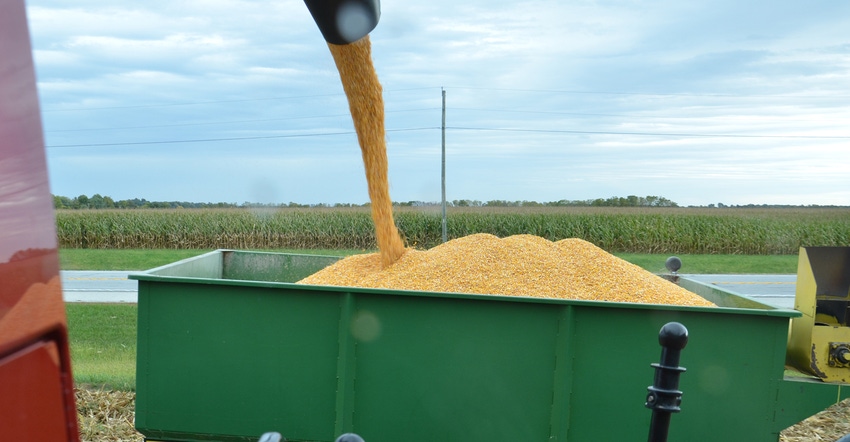July 18, 2022

Flexible cash leases appeal to landowners who would like to capture the upside in years with relatively high crop prices, crop yields or both. They may also be attractive to landowners reluctant to lower cash rents, particularly given the uncertainty with respect to crop prices in 2022 and beyond.
Switching from a fixed cash-rent lease to a flexible cash-rent lease allows a lower base rent to be established while simultaneously allowing landowners to share in relatively high crop revenues, if they occur. Parameters to consider include a base cash rent, crop revenue triggers and landowner shares above revenue triggers.
Base cash rent
Here’s how it works. Base cash rent is set at 90% of current cash rent. Crop revenue triggers are computed by adding base cash rent to non-land costs. The landowner share above the crop revenue trigger can vary, but for this example, it’s 50%. A bonus is added to the base cash rent if actual crop revenue is above the triggers.
Assume current cash rent is $250 per acre. So, base cash rent will be set at $225 (90% of current cash rent). Next, assume it’s a corn-soybean rotation. Using cost budgets for corn and soybeans, crop revenue triggers are set at $1,050 per acre for corn and $700 per acre for soybeans.
Cash-rent triggers
How high must yields or prices be to trigger a bonus? The first scenario uses above-trend yields and expected prices, while the second scenario uses trend yields and relatively high prices. For this example, trend yields are 184 bushels for corn and 56 bushels for soybeans. Expected corn and soybean prices are $5.35 and $12.25 per bushel, respectively.
Under the first scenario, actual corn and soybean yields would need to be higher than 196.3 and 57.1 bushels per acre, respectively, to trigger a bonus payment. Using trend yields, under the second scenario, corn and soybean prices would need to be higher than $5.71 and $12.50 per bushel, respectively, to trigger a bonus payment. Notice that if just one of the crops has a higher yield or price, a bonus would not necessarily be paid.
Figuring bonus payment
Here’s an example that illustrates computing the bonus. Assume prices and yields are 10% higher than base yield and prices noted previously. Under this scenario, corn and soybean yields are 202.4 and 61.6 bushels per acre, and corn and soybean prices are $5.89 and $13.48 per bushel.
Using these assumptions, corn and soybean revenue are $1,191 and $830 per acre, respectively. For both corn and soybeans, actual crop revenue exceeds the trigger. Using our trigger revenue amounts and a landowner share above the trigger of 50% results in a cash rent of $295.50 for corn: $225+($141x50%) and $289.50 for soybeans: $225+($129x50%).
On average, in this example, the landowner would receive $292.50 per acre in cash rent. Note that the cash rent for the flexible cash lease at $292.50 per acre is higher than the market cash rent at $250 per acre in this example.
More information on cash rents and land values can be found on the Center for Commercial Agriculture website.
Langemeier is a Purdue Extension agricultural economist and associate director of the Purdue Center for Commercial Agriculture.
About the Author(s)
You May Also Like






